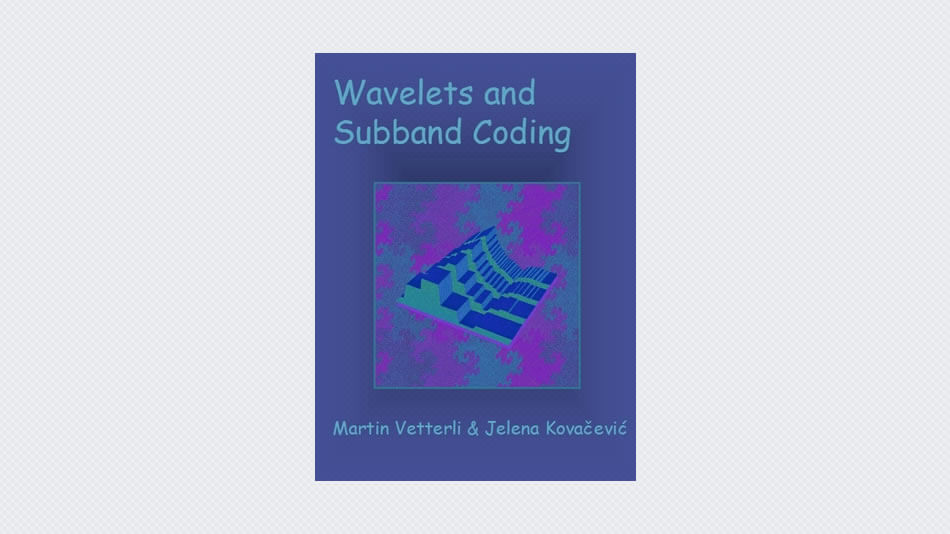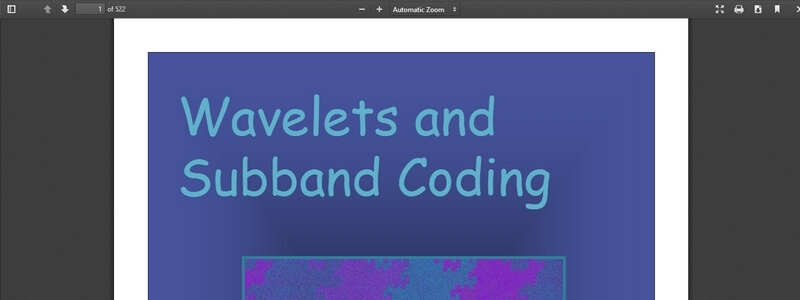A central goal of signal processing is to describe real life signals, be it for computation, compression, or understanding. In that context, transforms or linear expansions have always played a key role. Linear expansions are present in Fourier’s original work and in Haar’s construction of the first wavelet, as well as in Gabor’s work on time-frequency analysis. Today, transforms are central in fast algorithms such as the FFT as well as in applications such as image and video compression.
Over the years, depending on open problems or specific applications, theoreticians and practitioners have added more and more tools to the toolbox called signal processing. Two of the newest additions have been wavelets and their discretetime cousins, filter banks or subband coding. From work in harmonic analysis and mathematical physics, and from applications such as speech/image compression and computer vision, various disciplines built up methods and tools with a similar flavor, which can now be cast into the common framework of wavelets.
This unified view, as well as the number of applications where this framework is useful, are motivations for writing this book. The unification has given a new understanding and a fresh view of some classic signal processing problems. Another motivation is that the subject is exciting and the results are cute!
The aim of the book is to present this unified view of wavelets and subband coding. It will be done from a signal processing perspective, but with sufficient background material such that people without signal processing knowledge will find it useful as well. The level is that of a first year graduate engineering book (typically electrical engineering and computer sciences), but elementary Fourier analysis and some knowledge of linear systems in discrete time are enough to follow most of the book.
This book evolved from class notes used at Columbia University and the University of California at Berkeley. Parts of the manuscript have also been used at the University of Illinois at Urbana-Champaign and the University of Southern California. The material was covered in a semester, but it would also be easy to carve out a subset or skip some of the more mathematical subparts when developing a curriculum. For example, Chapters 3, 4 and 7 can form a good core for a course in Wavelets and Subband Coding. Homework problems are included in all chapters, complemented with project suggestions in Chapter 7. Since there is a detailed review chapter that makes the material as self-contained as possible, we think that the book is useful for self-study as well.





